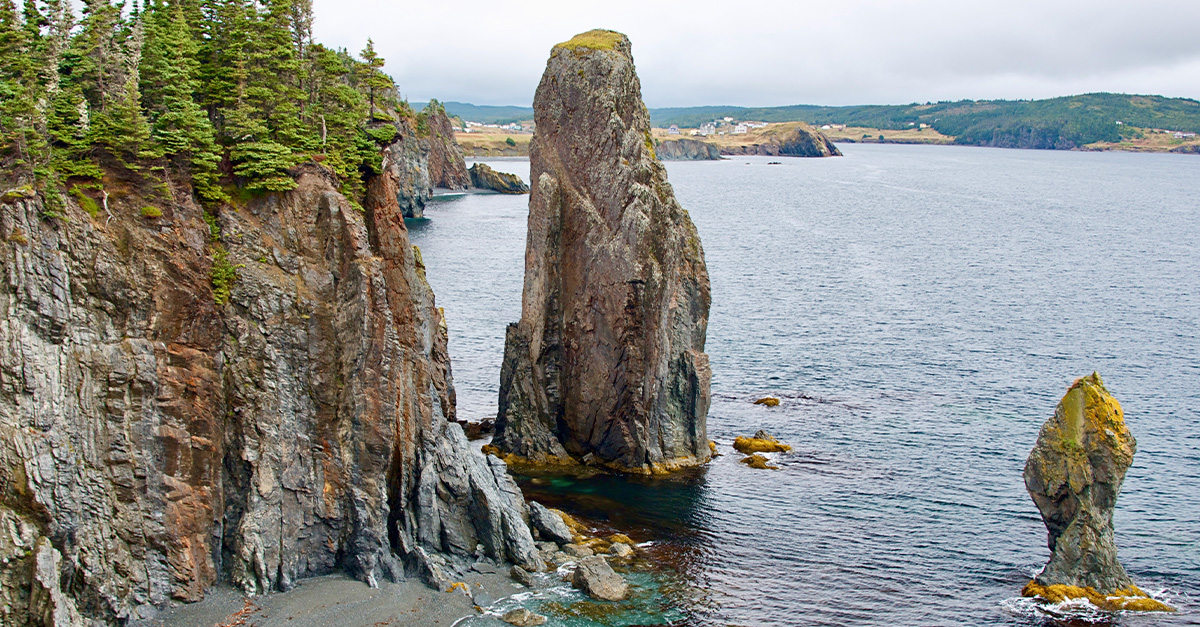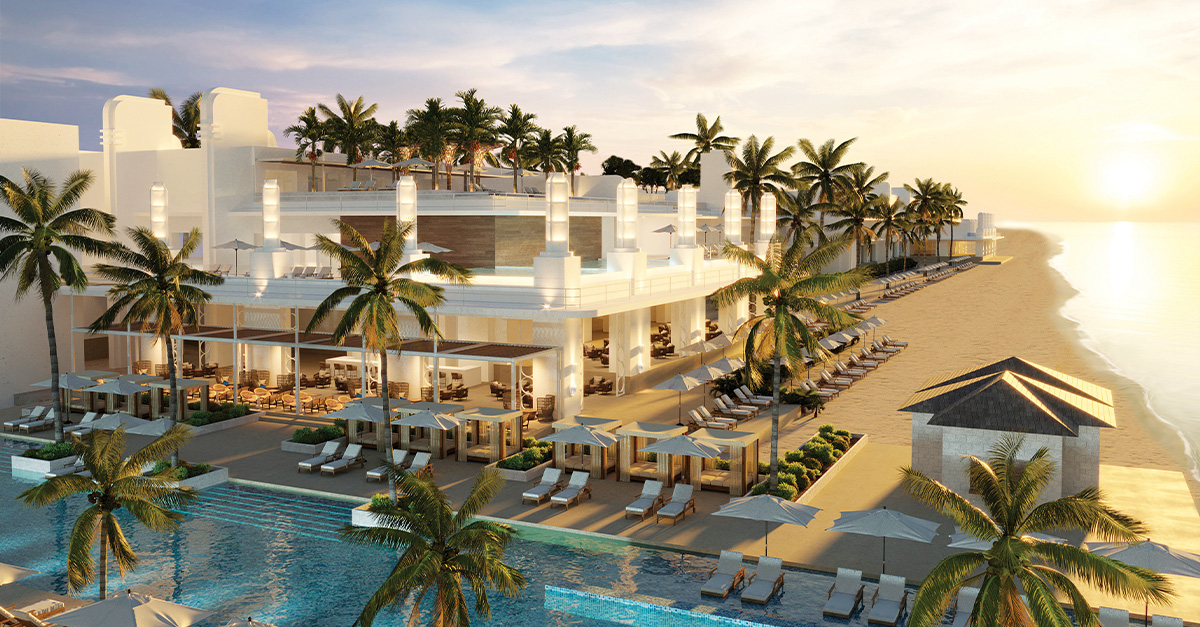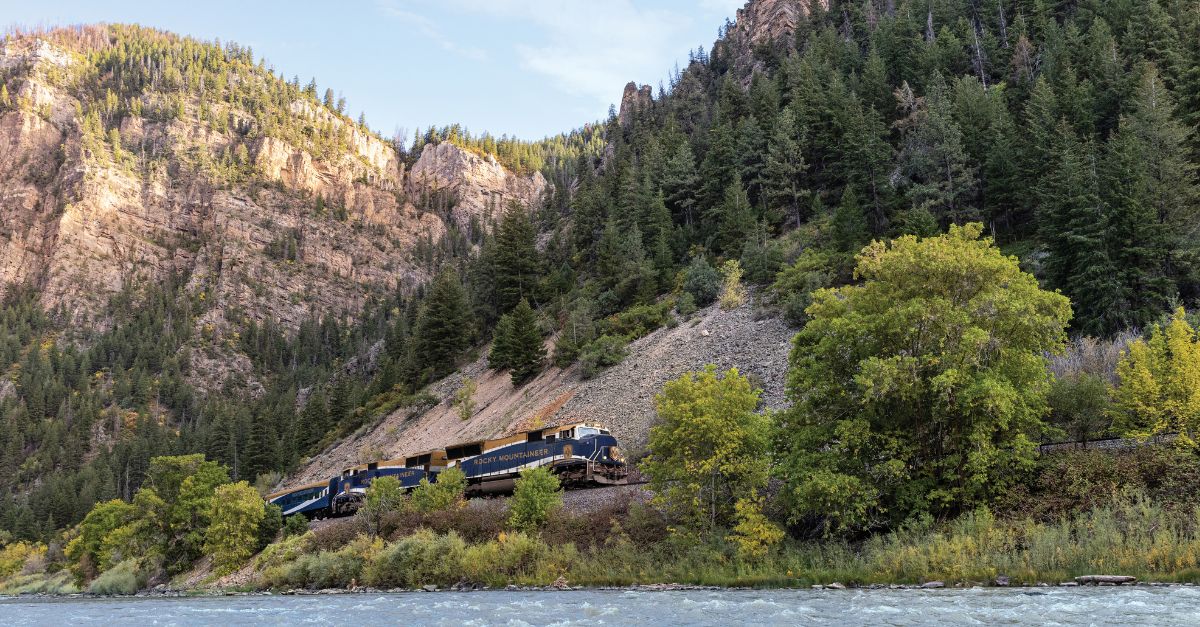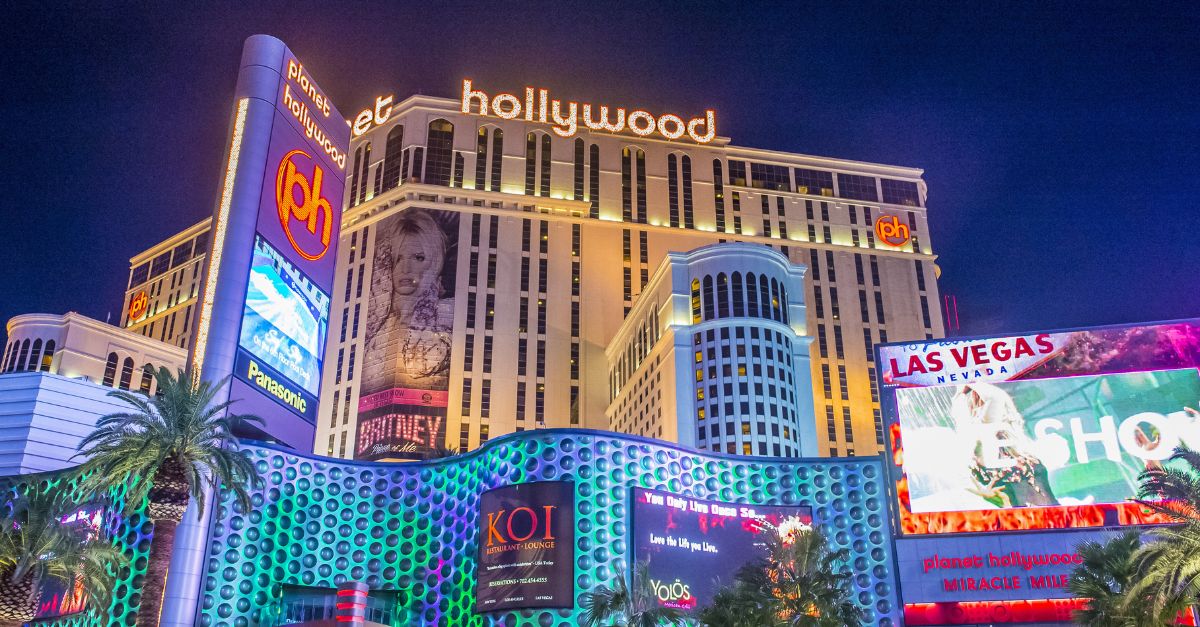Pictures: Soumya Mukherji; Shutterstock; Newmarket Holidays
Laura French explores India’s Golden Triangle on a Newmarket Holidays fam trip.
Like this and want more details? Click here to download and save as a PDF.
“If you look, you’ll never make it – just walk,” says our guide. I brace myself and charge, dodging several wobbling tuk-tuks to reach a brightly coloured bazaar, where a huge labyrinth of streets opens out before me.
Whiffs of street food hit me first, then row upon row of sequined shoes, bags, pashminas and saris. Sounds of drumming, beeping and shouting blend into a thick blanket of noise so it’s all one big assault on the senses, and I’m half-exhausted, half‑enthralled by the sheer vibrancy of it all.
After we’ve bartered our way round, we jump into a tuk‑tuk and begin chugging our way down the road, stomachs lurching, engines revving, seats jerking, cars beeping. It’s a little hectic, to say the least. I can’t get enough of it.
We’re in Jaipur, the iconic capital of Rajasthan, India, on a Newmarket Holidays fam trip around the Golden Triangle. It hasn’t all been quite this crazy. At times it’s been so serene it’s hard to believe it’s all part of the same country, with desert roads, mountain landscapes and tiny villages offering unexpected swathes of peace and tranquillity.
That sheer diversity, I soon realise, is what gives this region such widespread appeal. Combine it with culture, history, welcoming people and an overriding sense of energy, and it’s little surprise demand for the region is so high. Newmarket says its trips here have grown 250% in recent years, leading the operator to add three new tours in the country for 2018. That means there’s never been a better time to sell it.
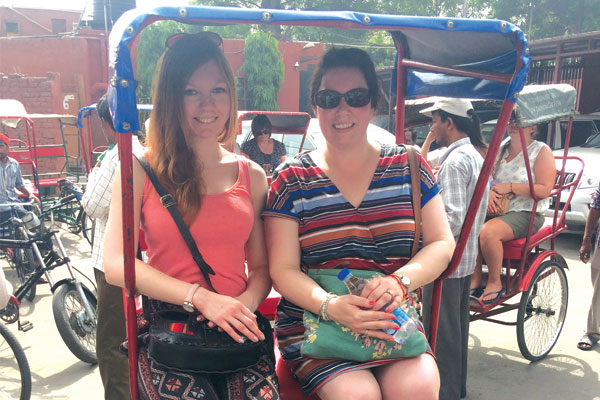
Delhi
It was in the city of Delhi – home to some 18 million people – that our tour began, and I was pleasantly surprised. Bar the blocks of stand-still, seven-lane traffic, New Delhi – built by the British in 1911 – is strikingly modern and clean, the result of an effort in recent years to tidy up the city’s image.
Here streets are lined with towering banyan trees and dotted with ornate buildings such as the Presidential Palace, a cluster of red sandstone domes whose reflections bounce off a pool of shimmering water below.
“Desert roads, mountain landscapes and tiny villages offer unexpected swathes of peace and tranquillity”
India’s more traditional side is still present, of course. For clients who want to see it, suggest a rickshaw ride round the bumpy, narrow backstreets of Old Delhi, where bulls wander alongside dusty, boarded-up shops and thick grey electricity wires dangle down above locals selling colourful fruit and vegetables.
Yet even this part of the city has quieter spots like Raj Ghat, a peaceful stretch of green where Gandhi’s memorial site is found, and Jama Masjid, one of India’s largest mosques. Sprawled out across a giant plaza, this iconic structure was built by Shah Jahan – the same Mughal emperor behind the Taj Mahal – and, from its level of detail and sheer, colossal size, it shows.
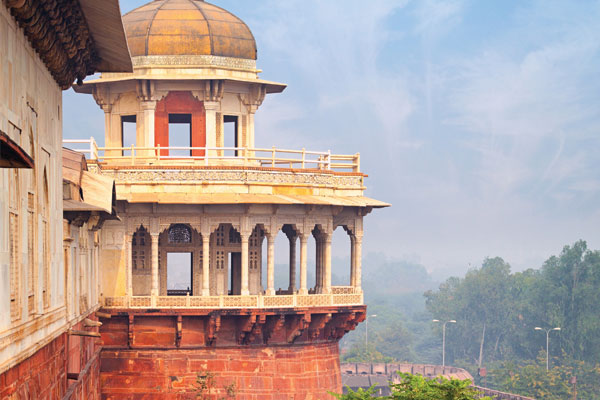
Agra and the Taj Mahal
Nothing could quite prepare me for the Taj Mahal itself, however. Built 140 miles away in the city of Agra, where the Mughal capital was shifted from Delhi in the 16th century, the marble masterpiece was commissioned by Jahan in 1632 as a mausoleum for his late wife, following a pledge he made on her deathbed.
It took 22 years and more than 20,000 workers to build, and it’s not hard to see why. It’s every bit as spectacular as the pictures suggest, so perfectly symmetrical and clean cut it looks like it’s been Photoshopped – all shiny white marble glimmering gold under the light of dusk and surrounded by well-kept, lush green gardens.
It’s not the only site worth seeing in the area. Nearby lies the Red Fort, a walled, sandstone fort city and Unesco World Heritage Site built to house imperial rulers in the 16th century. Shah Jahan was later imprisoned here by his son for eight years, and it’s well worth a look in today, if only to see the room where the disempowered emperor sat watching his beloved Taj being built in the distance.
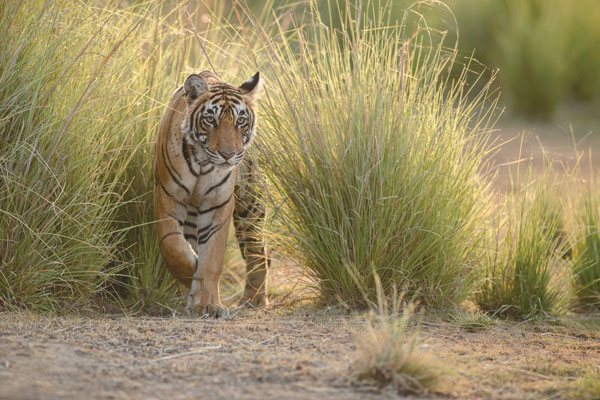
Ranthambore National Park
It’s not only culture that lures visitors. A five-hour drive away is Ranthambore National Park. The 650sq mile stretch of arid, desert-like plains was once a hunting ground for maharajas and is now one of about 50 protected reserves in the country, created under Project Tiger in 1973.
Venturing out on a morning drive on a canter (a jeep-style, open-top bus) gave us serene views over the lunar-like landscapes, and as we bumped our way along the rocky tracks I felt like I was in the African savannah – all spindly trees, golden sand, patches of green and, at the centre, a huge lake glistening pink and orange under a burning sunrise.
Sadly we weren’t lucky enough to spot a tiger. Warn clients there’s no guarantee, although Newmarket includes two outings on its full tour to maximise chances. However, we did manage to catch bright blue peacocks and a host of other exotic birds alongside Sambar antelopes, spotted deer, crocodiles waiting in the water and langur monkeys bounding around and playing tricks on passers-by.
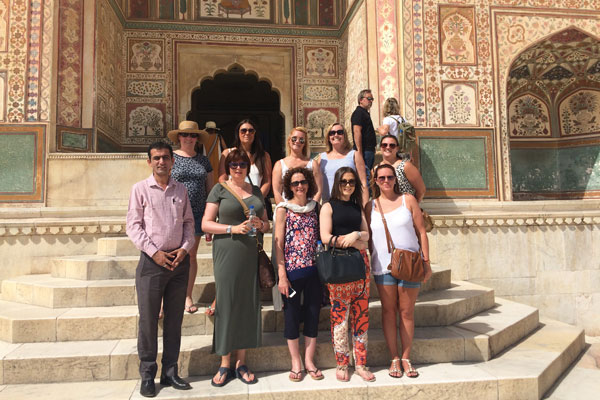
Jaipur
From here we returned to city life in Jaipur. Though still hectic in places, the city, on the whole, is calmer than Delhi, and it holds an intriguing heritage. Every building in the historic centre was painted terracotta pink to impress Prince Albert when he visited in 1876, and it’s remained so to this day thanks to a law passed in 1877.
The city is home to a number of heritage sites, including palatial hotels like Shahpura House, where we stayed. Decked out with splashes of red and gold with archways and walls covered in ornate patterns, it’s a throwback to the era of the maharajas, and it makes a good selling point for clients after something a little special.
“I had a go at making a chapatti myself; it ended in a mass of half-burnt, half-uncooked dough.”
The real highlight here, though, was a trip to Amber Fort, just outside the city. Set on a hillside overlooking a sparkling emerald lake, this sprawling complex of yellow and pink sandstone was built as the imperial capital of the Mughal dynasty and can be explored by 4×4, elephant or on foot. Visitors can browse its giant courtyard and rooms such as the ‘mirror palace’, where walls are covered in a mosaic of tiny glass pieces.
It was topped only by a cultural evening where we twisted and spun around to traditional Rajasthani music in glorious, vast gardens before tucking into an indulgent buffet of authentic, home-cooked food with a local family – think sweet chutneys, spicy dhal and rich, aromatic curries with smoky chapatis cooked on an open fire. I even had a go at making a chapati myself; it ended in a mass of half-burnt, half-uncooked dough that didn’t look entirely edible, which gives me an excuse to go back. That’s fine by me, for I don’t think I’m quite done with India yet.
Book it: Newmarket Holidays’ 10-day India – Tigers and the Taj Mahal tour costs from £1,199 per person, including accommodation, some meals, services of a tour guide and flights, departing May 22, 2018, from Heathrow.
newmarketholidays.co.uk
Ask an agent
Charlotte French, Hays Travel
“I was totally blown away by the sights, sounds and smells of India. There is always something going on and it gave me a real buzz. I have also never come across such kind, caring and friendly people, and I still have to pinch myself to believe I actually stood in front of the Taj Mahal”
Anna Mackay, Beaver Travel
“I’ve always seen Newmarket Holidays as a budget option, but was really surprised and impressed with the standard of accommodation, the level of service and the knowledge of our guide. India isn’t for everyone, but having seen it I think it would appeal to more people than I’d previously thought – myself included!”
Tried & tested: Vanaashrya tented camp
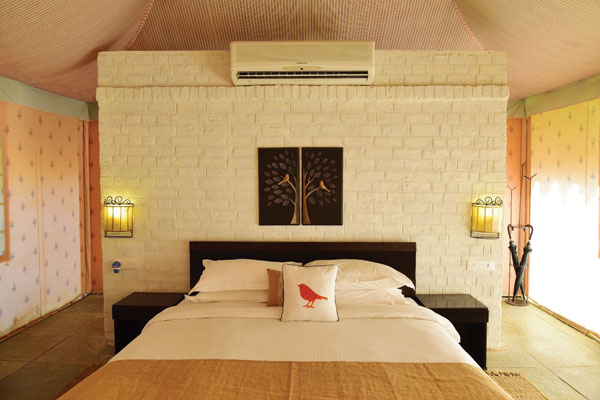
Newmarket Holidays scatters unusual accommodation options through its itineraries. My favourite was Vanaashrya, a tented camp in a remote, secluded spot at the foot of the Aravalli mountains, where ‘tents’ were full-on hotel rooms complete with double beds and en suite bathrooms. It was utterly peaceful – silent except for the cooing of birds in the morning and the swooping of bats in the evening. It’s also incredibly scenic, surrounded by vast, arid desert and a layer of mountains in the distance. Truly memorable.
vanaashrya.com

